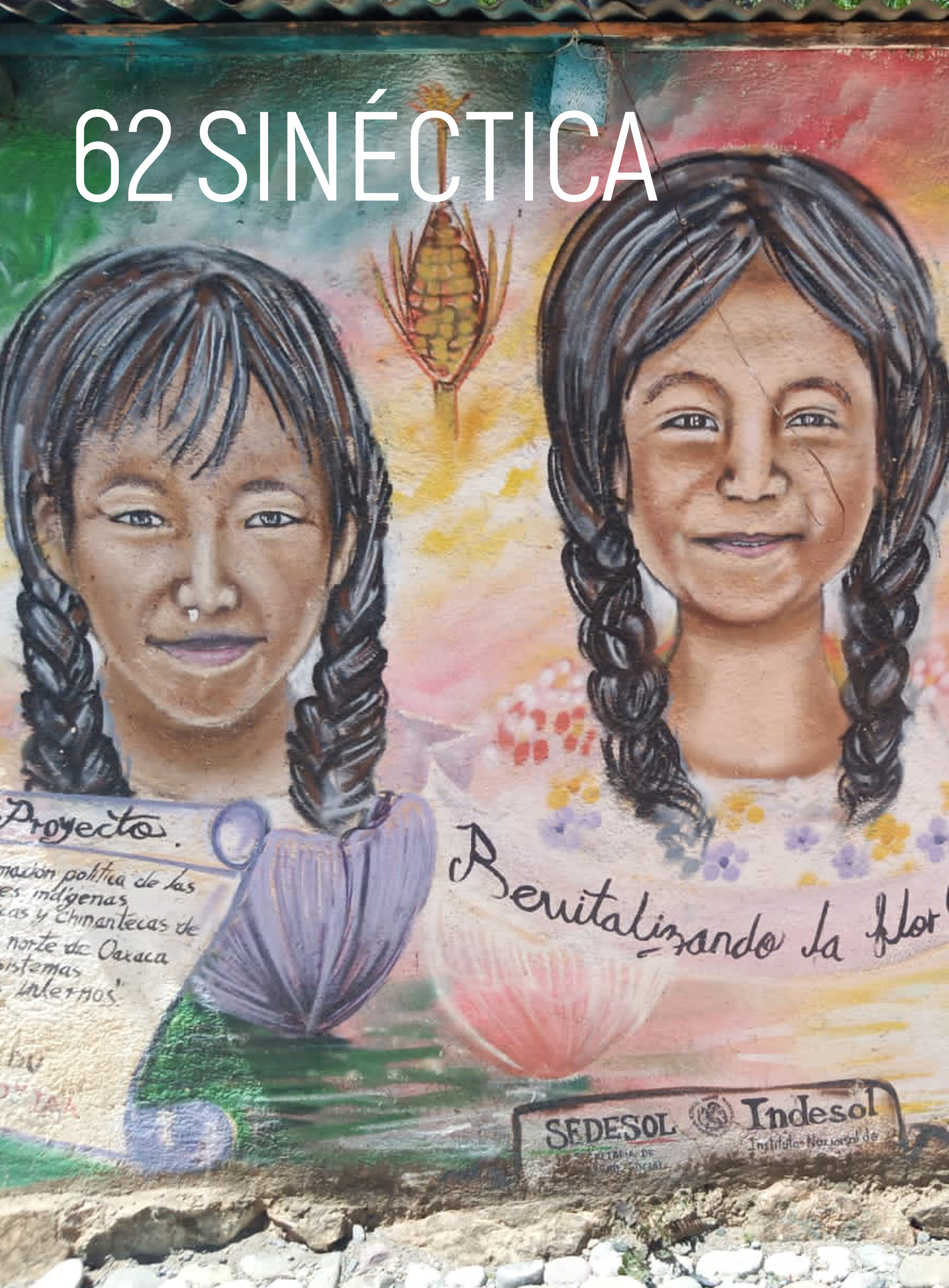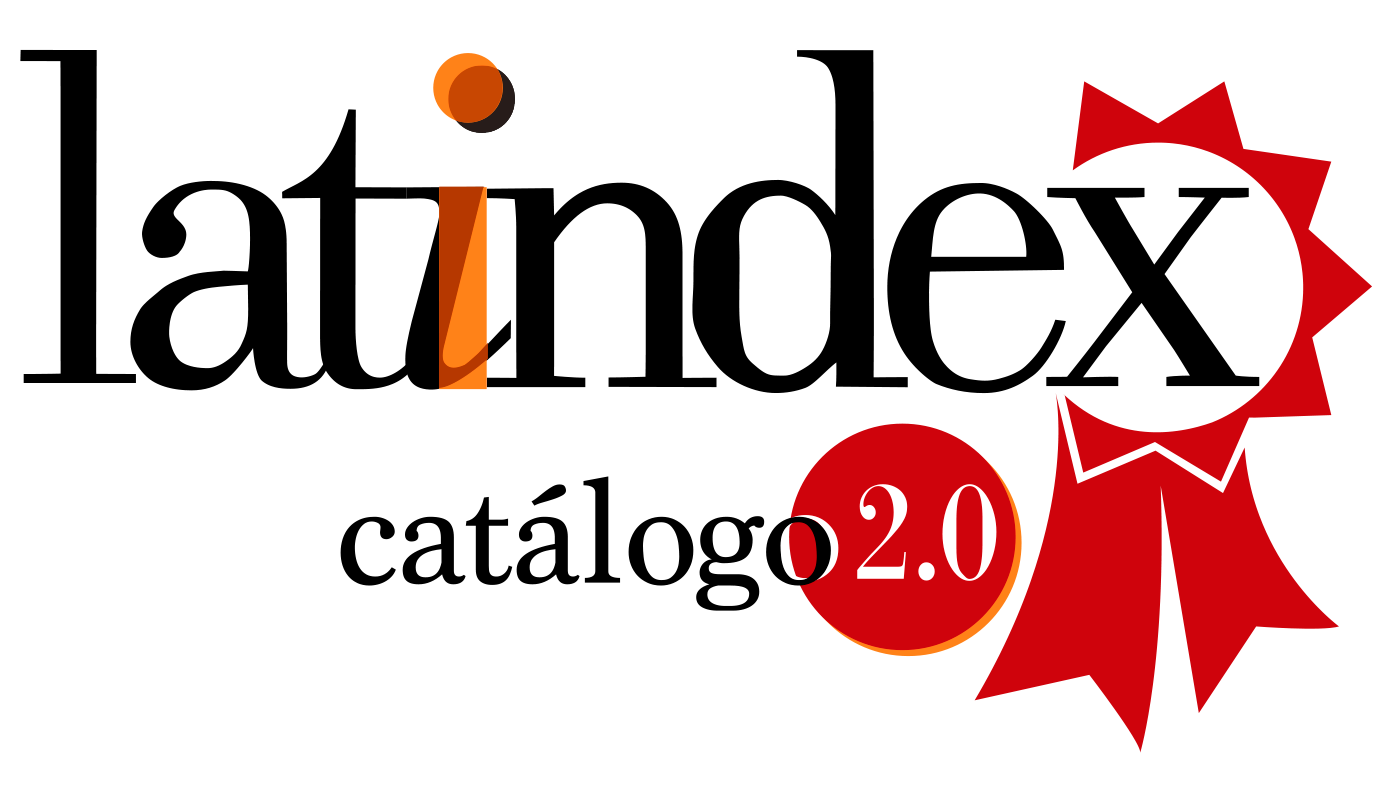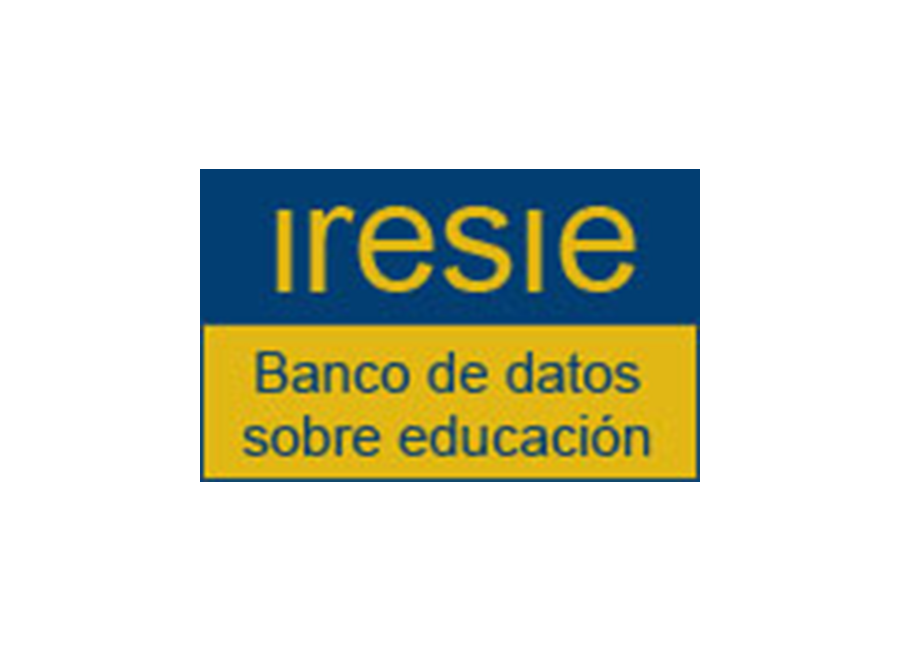El cine como agente de cambio educativo
Keywords:
educación, enseñanza, aprendizaje, metodologías, estudiantes, docentes, investigación educativa, evaluación, diseño curricular, políticas educativas, reformas educativas, exclusión, inclusión, diversidadAbstract
Parece un lugar común afirmar que nuestra cultura está sufriendo cambios importantes, que transita de una cultura de la lengua escrita hacia una cultura de la imagen. El cine, el video y los nuevos medios se han popularizado y la llamada sociedad del conocimiento se caracteriza por una transmisión de información y conocimientos cada vez más espacial. En sus inicios, primero el cine y más adelante los medios electrónicos, se consideraban simples herramientas para transmitir mensajes eficientes y atractivos por su novedad. Hoy es claro que, lejos de ser únicamente soportes materiales, han provocado un cambio cultural notable que ha lle- vado al desarrollo de una sensibilidad con nuevas formas y procesos de pensamiento.
Downloads
Downloads
Issue
Section
License
This work is licensed under a Creative Commons Attribution-NonCommercial 4.0 International license.
Authors who publish in Sinéctica agree to the following terms:
The authors retain copyright and grant the journal the right of first publication of the authorized work simultaneously under a Creative Commons Attribution License, which allows others to share the work as long as both the authorship of the work and the initial publication in this journal are acknowledged.
Authors may enter into additional separate contractual agreements for non-exclusive distribution of the published version of the journal (e.g., publishing in an institutional repository or a book), with acknowledgement of initial publication in this journal.
Authors are allowed to publish their work in institutional repositories or on their own website before and during the submission process, as it may generate productive exchanges, as well as earlier and greater citation of the published work.
Explanatory note: As of 2017 Sinéctica is governed by the Creative Commons Attribution Non-Commercial 3.0 International License, a version that standardizes licenses internationally.
Articles published between 1992 and 2016 are covered by a Creative Commons Attribution-NonCommercial-NoDerivatives 4.0 International license, which allows a work to be shared and distributed non-commercially and with acknowledgement of the author, but prohibits modification of the original creation.






















